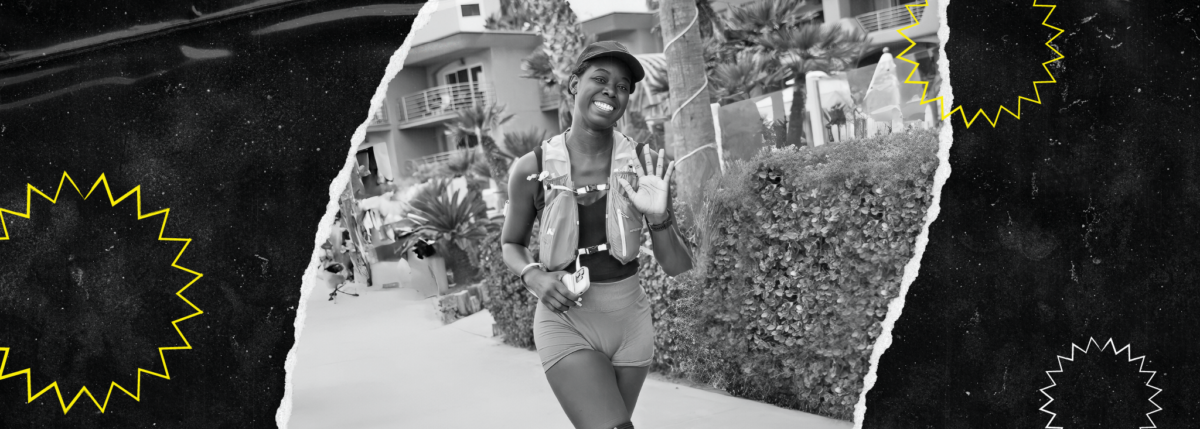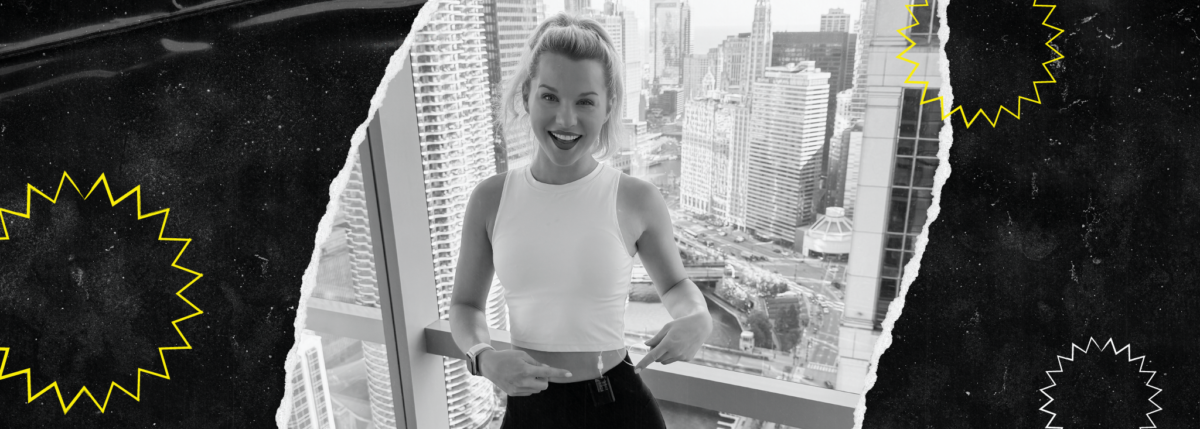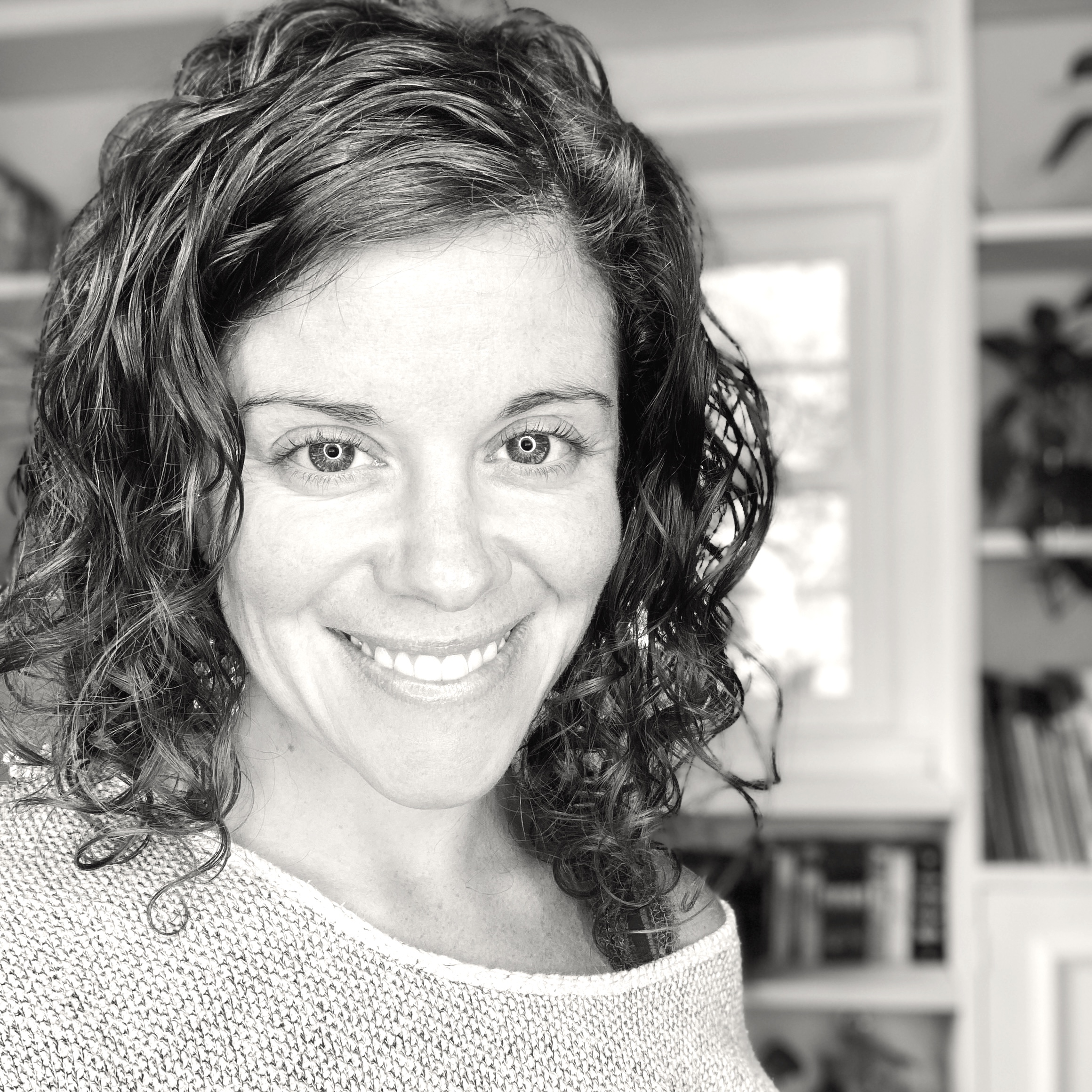Bethany’s Story: My Eye Started Bleeding the Day My First Child Was Born
Written by: Ginger Vieira
4 minute read
May 11, 2021
 “My first bleed was almost 12 years ago—the day my first baby was born,” explains Bethany, who’s lived with type 1 diabetes for nearly 40 years, since she was 3 years old.
“My first bleed was almost 12 years ago—the day my first baby was born,” explains Bethany, who’s lived with type 1 diabetes for nearly 40 years, since she was 3 years old.
Despite receiving preventative laser treatments to the concerning blood vessels in this area of her eye prior to and throughout her pregnancy, the stress of pregnancy and pre-eclampsia (high blood pressure during pregnancy) were enough to cause them to bleed.
“There was a bunch of trauma around that, because the bleed was the catalyst for me to have an emergency C-section. That was the biggest bleed I’ve had and it took a long time to clear up.”
Since then, Bethany has experienced minor bleeds off and on, but has also gone long stretches of time without any new bleeds.
“Last October I had another bad one,” says Bethany. “It was so discouraging, because I haven’t had any new abnormal vessel growth, I’m not pregnant, I don’t have blood pressure issues and my A1C is stellar. It just happened.”
“It’s cleared up since then without traditional treatments like a vitrectomy or steroid shots, but it took quite a while because it leaked more blood and fluid for a few weeks after the initial burst,” she adds. “At this point, I’d say I’m back to where I was pre-October in terms of vision, but maybe it’s a bit messier.”
My experience with laser treatments for retinopathy
“I’ve only had laser treatments,” says Bethany, who’s been able to manage her retinopathy without more invasive treatments.
“I’m not sure the experience qualifies as ‘pain’ so much as ‘misery’. It’s horribly uncomfortable, and it does begin to be painful as the treatment goes on, but it’s not what I’d describe as particularly painful.”
Eventually, Bethany says she used a low dose of a mild sedative to help take the anxiety out of receiving laser treatments. While it can’t change how it feels physically, it can help make the overall experience a bit less stressful.
“It’s hard to catch your breath, and it feels like being tortured, and my eyes pour with tears, but it’s all more of a dull feeling other than a bit of a sensation that a rubber band is being snapped behind your eye.”
Parenting a newborn with low vision
“Nursing a baby and not being able to see her face clearly when she’s on your left side was heartbreaking,” recalls Bethany.
“Struggling to read a book to a child, wondering if you’ll have another bad bleed when you’re at the store with your child, not being able to lift an older child because it might exacerbate the bleed—it all sucked.”
Fortunately, by the time her second pregnancy began, Bethany’s eyes were ready.
“It was so much easier,” she says. “No pre-eclampsia, no eye issues. It was such a relief after being so terrified to try it all a second time.”
Today, she says she’s careful how much to share with her children about her eye complications.
“After my recent bad bleed, it was my oldest daughter (the one who was born the day of my first bleed) who held me while I sobbed, because she was ready to support me,” recalls Bethany. “That was so bittersweet and beyond meaningful.”
What my vision is like today
“I wouldn’t say I live with ‘low vision’ today but there is a blobby mess in one eye,” explains Bethany. “My brain has learned to adapt, and I can see around it. I don’t read super fine print very well, but I’m not sure I would even without retinopathy since I’m getting old!”
However, Bethany would say she did have low vision for a period of time—and it wasn’t easy.
“After those two bad bleeds, I did have trouble with the vision in one eye for a while, until the blood cleared. That was hard, but I’m grateful it wasn’t long-term.”
However she says that it’s also affected her life in other ways when there are bleeds.
“My eyes feel strained, I have headaches, and I definitely don’t feel comfortable driving until the bleeding has cleared up.”
The worry and anticipation of a potential new bleed feels like a ticking time bomb.
“I try not to think about what my vision could be like later in life, but I do wonder if I’ll be able to see my grandkids clearly, and if I should retire early so I can make the most of my later years while I still have vision. In day-to-day life it’s pretty minimal, but in terms of mental/emotional load it’s huge and it’s always there.”
How my diabetes management has changed
“I smartened up with my diabetes management big time since the first time the doc saw something in my eye,” explains Bethany. “Since that day I’ve been highly motivated to do this well.”
Having lived with type 1 diabetes since age 3 in the 1980s with early glucose meter technology and insulin options were severely limited, Bethany feels quite sure the first 25 years of her life with diabetes led to the complications in her eyes.
“My A1c was usually in the low double digits when I was child, because avoiding low blood sugars was considered the safest way to manage diabetes in a young child back then,” says Bethany.
By the time she was in her 20s, technology and advancements in insulin helped her manage an A1c in the 7s and 8s. Once she started using an insulin pump, she was able to maintain an A1c below 7.0 during both pregnancies.
“I’ve always, always, tried really hard with my diabetes,” adds Bethany, “but it was like I spent 25 years trying to solve a puzzle that finally started to come together in the last 15 with a pump, a continuous glucose monitor (CGM) and eating low-carb.”
While Bethany used an insulin pump for five years, she’s managed her diabetes with multiple daily injections (MDI) for the last eight years, and maintained an A1c below 7%, and around 5.8% for the last year.
“Using a pump, two pregnancies and eating mostly low-carb definitely taught me so much more than I knew before I used an insulin pump,” explains Bethany. “But I was having a lot of issues with scar tissue which made infusion sites for pumping complicated. And I hated being tethered to my pump.”
The mental game of diabetes, she adds, is a huge part of it.
“There’s always a fear lurking that it could happen again at any time. More so since this last one,” says Bethany. “You never really escape it because you never know that you’re safe. You can do everything right from a certain point on, but the damage is already done.”
This content on Eye Health was made possible through the ADA x BT1 Collab.
Related Resources

Danica Collins not only prepared for one of the most challenging physical events of her...
Read more

Beyond Type 1 is spotlighting inspiring athletes with type 1 diabetes as they prepare for...
Read more

On November 3, 2024, Taylor Rindfleisch of Chicago laced up her running shoes for the...
Read more


